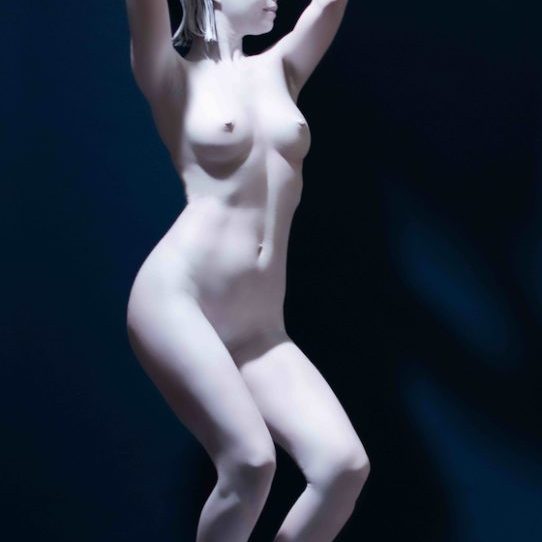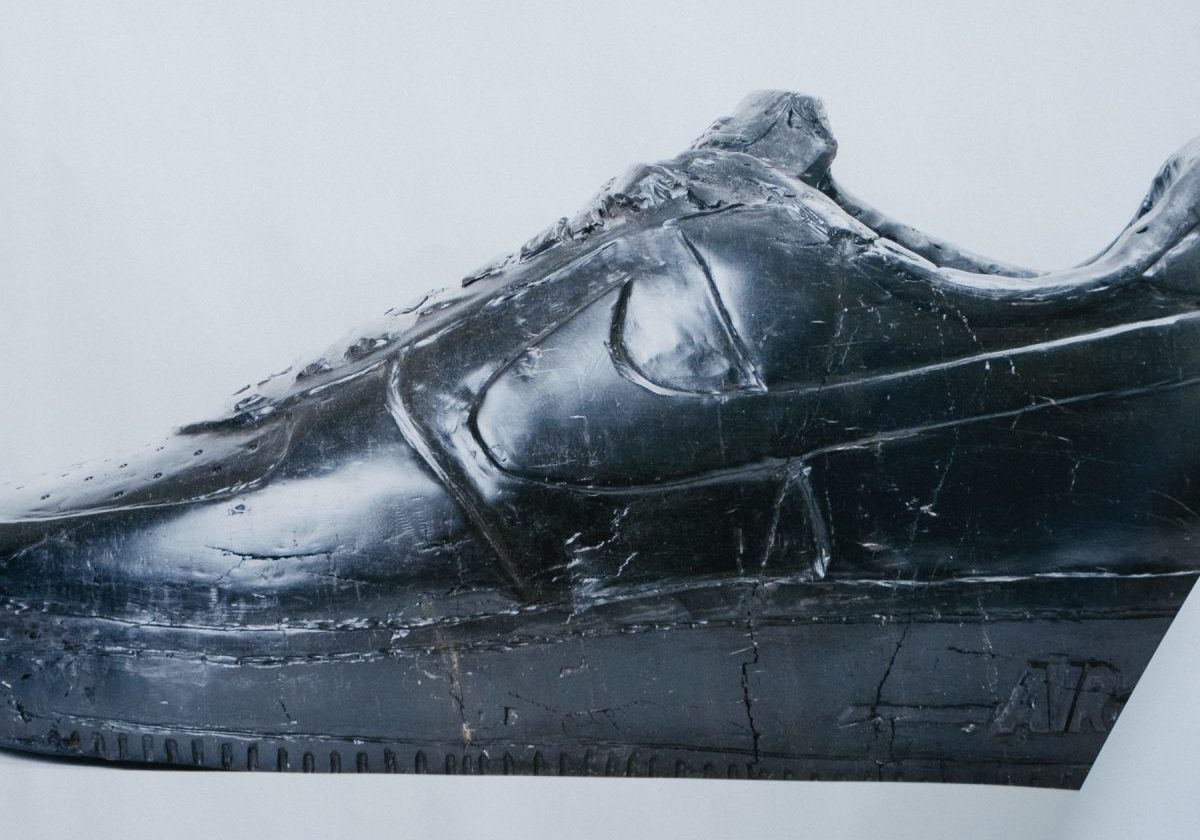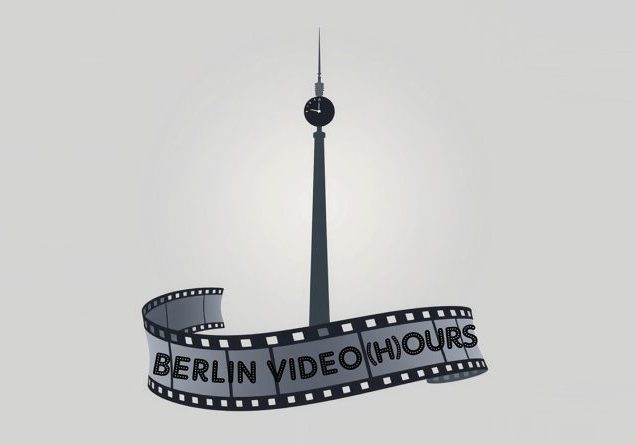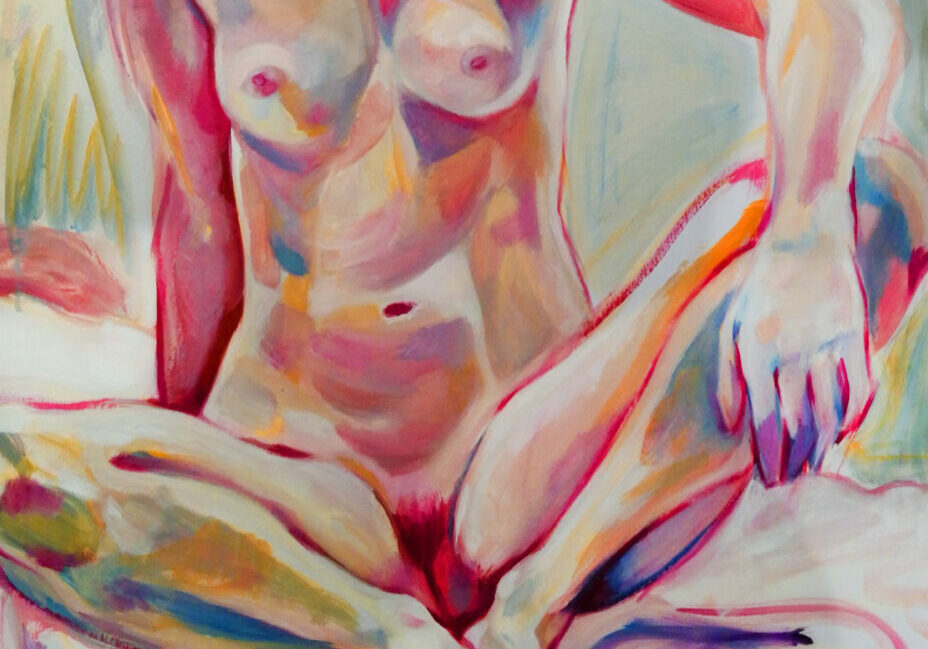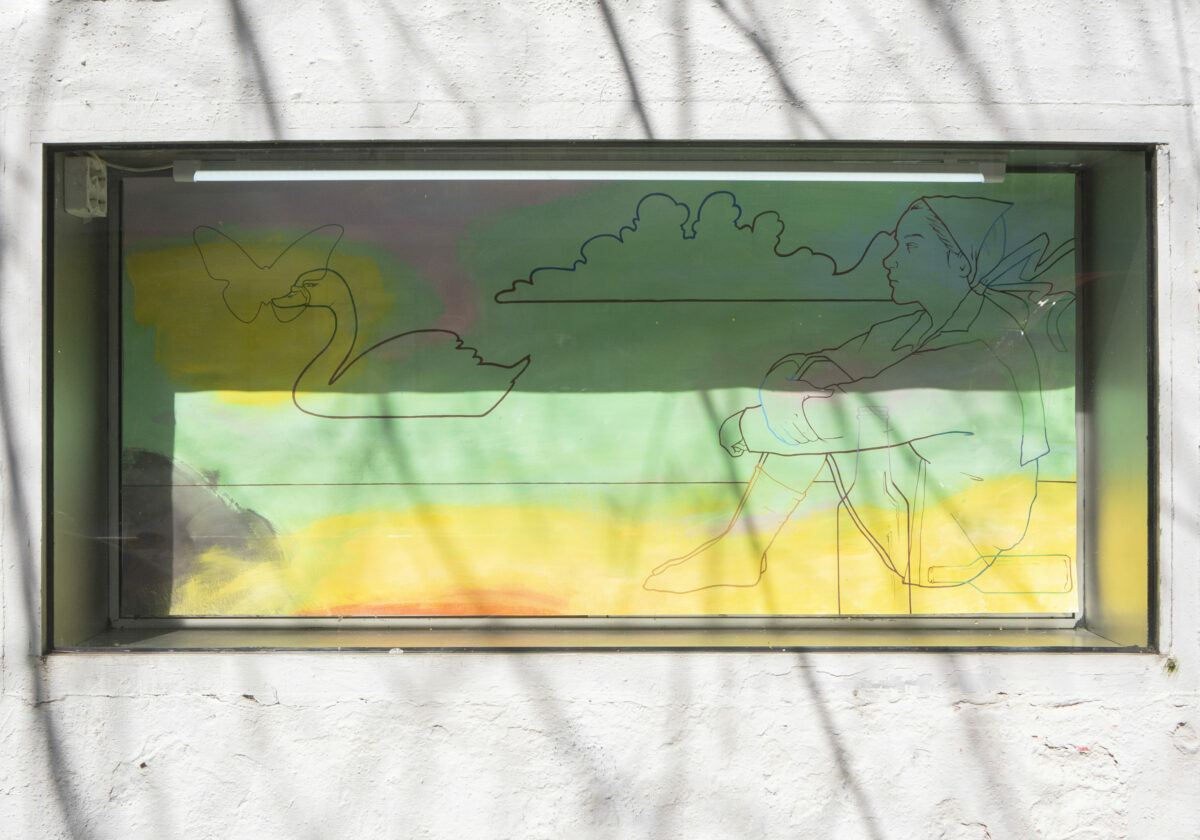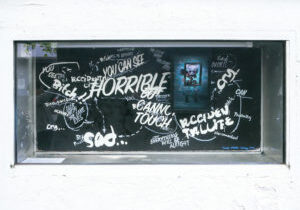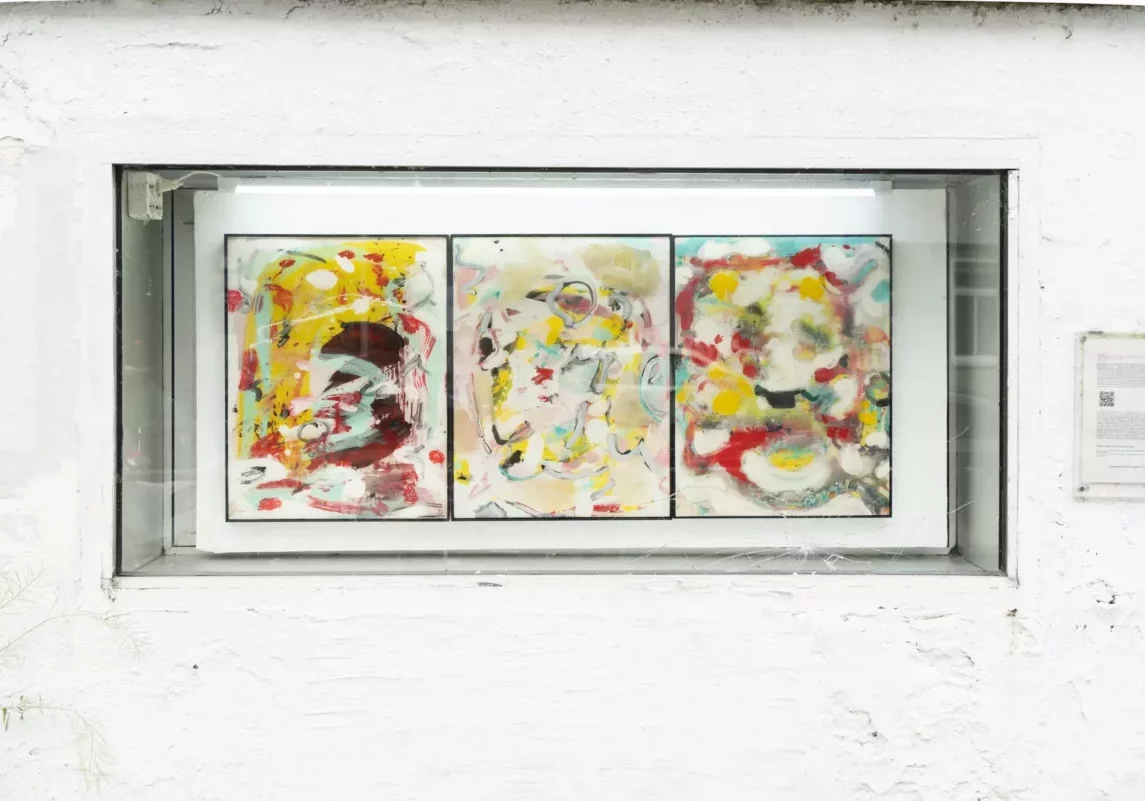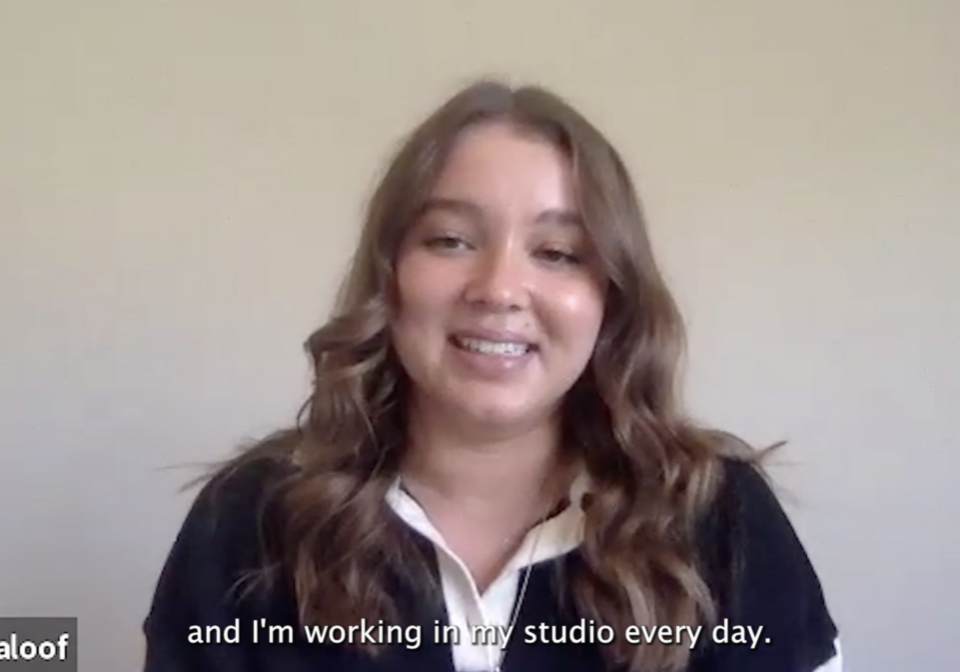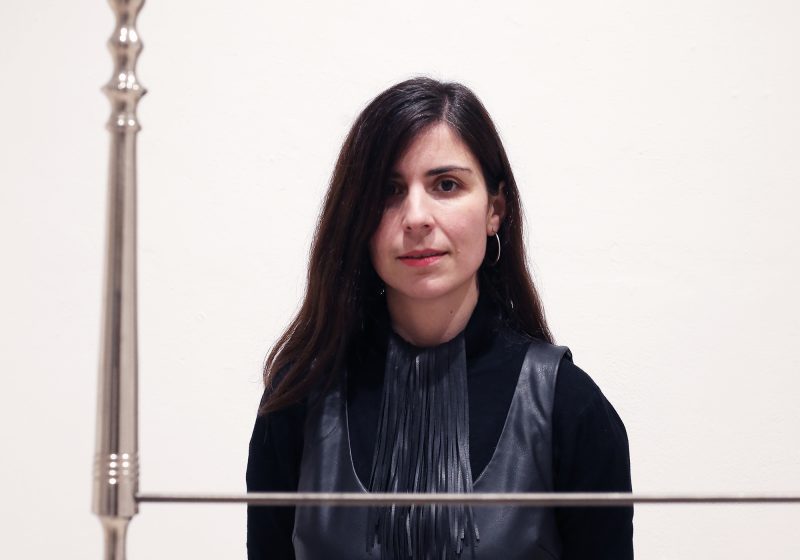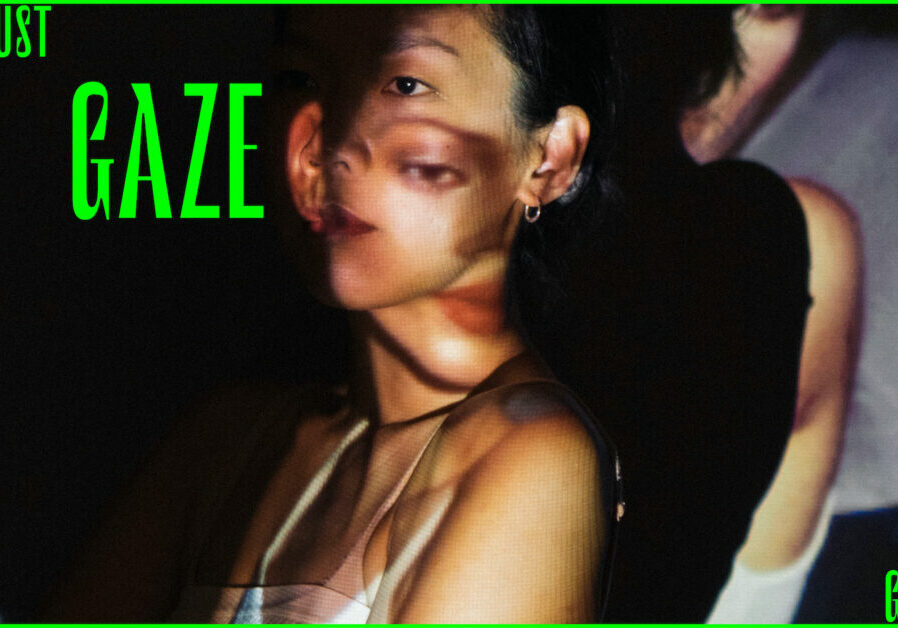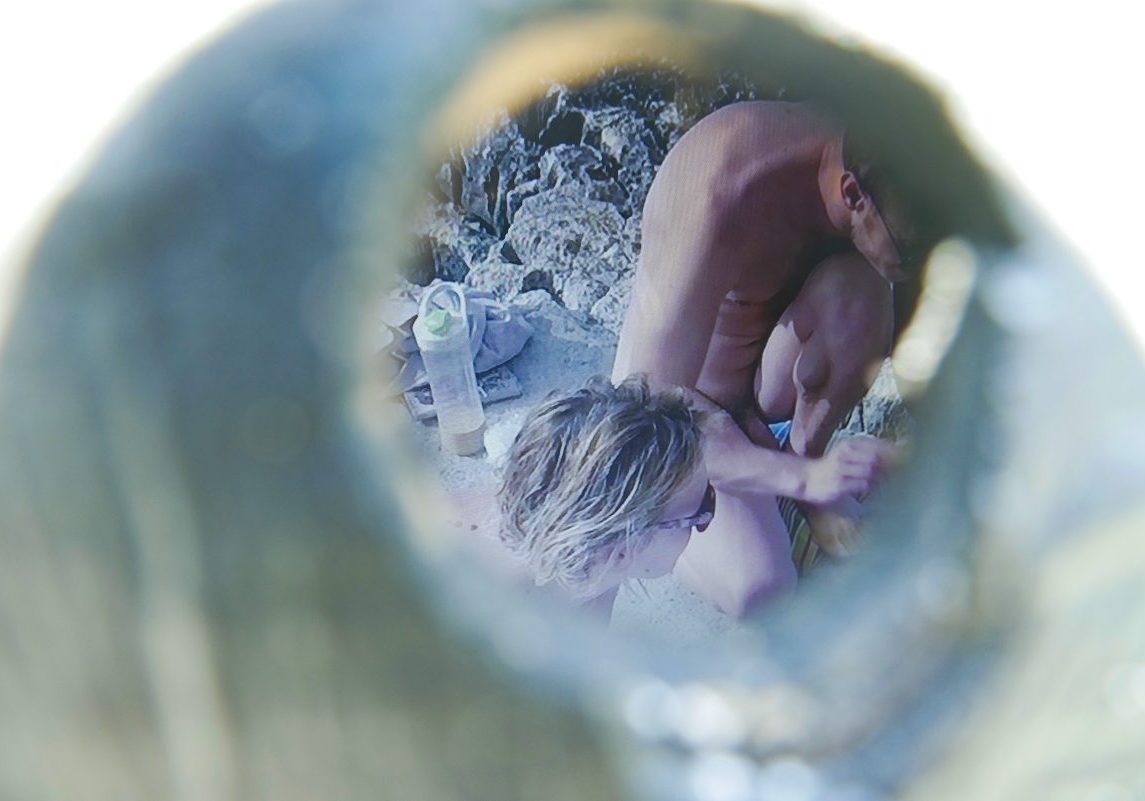Meet the Artist // Tiffany Adler
Tiffany Adler is an American artist practicing in Los Angeles, CA. Her interests lie both in the process of sculpture, as well as the conceptualization, fabrication, and construction of a scene, in service of communicating alternative narratives within classical frameworks of representation and architectural forms.
In her project, What if Vitruvius was a Woman? She takes the idealisation of “the perfect man” as a point of juxtaposing an alternative and abstract representation through symbols, form, the body, and movement, entertaining the idea of what might be if Vitruvian was a woman. By exchanging Vitruvius’s terms for new ones, she wants to challenge his ideas about, perhaps most importantly, “beauty”, alongside his ideas about “usefulness’ ‘ and “solidity”.
How would you describe your artistic practice?
I’m based in Los Angeles, California. I’ve been there for almost about 10 years now. As you know, I came from architecture, just left that last year, so I’m in a big transition in my life. I would describe my practice as multidisciplinary.
I feel like I gather inspiration from a lot of different things. I have a focus in feminist art, past and contemporary. I like how much that changes or evolves and the different perspectives on it: what one work meant in that time and what it means now.
I have this parallel interest in materiality and spaces too, how can you be very tied to a place or just pass by. I get the most inspiration from just walking down the street, especially in a city landscape, from building facades or small things. For instance, I’ve noticed in Berlin, these funny stone mosaics that are specifically in Kreuzberg. So little details like that I would get stuck on, or I feel like it kind of weaves into my work or absorbs without me really knowing.

What inspires your work?
I usually like to read a book or a review before I start a residency, I feel like that’s really helpful, and I feel like once I’m at a residency, I just get going and I go for it. Before coming here, I was really into “Art Monsters: Unruly Bodies in Feminist Art” , by Lauren Elkin, which speaks about criticism in feminist artworks, where she brings up a lot of interesting points that I’ve been thinking about in regards to how would feminist artwork look like if we didn’t need feminism. That was a big inspiration for the project I am doing here.
And also, I’ve been tackling in my work self-conscious things about what’s good feminism, what’s bad feminism. There was a little excerpt in that book that said something like it’s okay for artwork to be beautiful and it can say a lot more than that too, but I think if you’re looking at a classically beautiful body, then it’s easy to judge it. So I kind of just let down my guard in that sense and went for it.
How did your artistic journey begin?
I’ve been creative as long as I can remember from childhood, and then as I got older, maybe it was growing up on the East Coast in America or having maybe a slightly conservative family, that I started to look for more practical pathways, and so that’s how I got into architecture. I thought it would be a good midway point for me to use enough creativity to feed myself and then also be able to support myself. So I would say I’ve always been an artistic person, but now I’ve decided to take a big risk and put it all into my art practice.
Also, I had really good mentors in undergrad as well as grad school, they validated my creativity when I didn’t see it or believe in it. And I felt wacky, I guess you could say so they kind of gave me a lens which now I am able to see my work through.
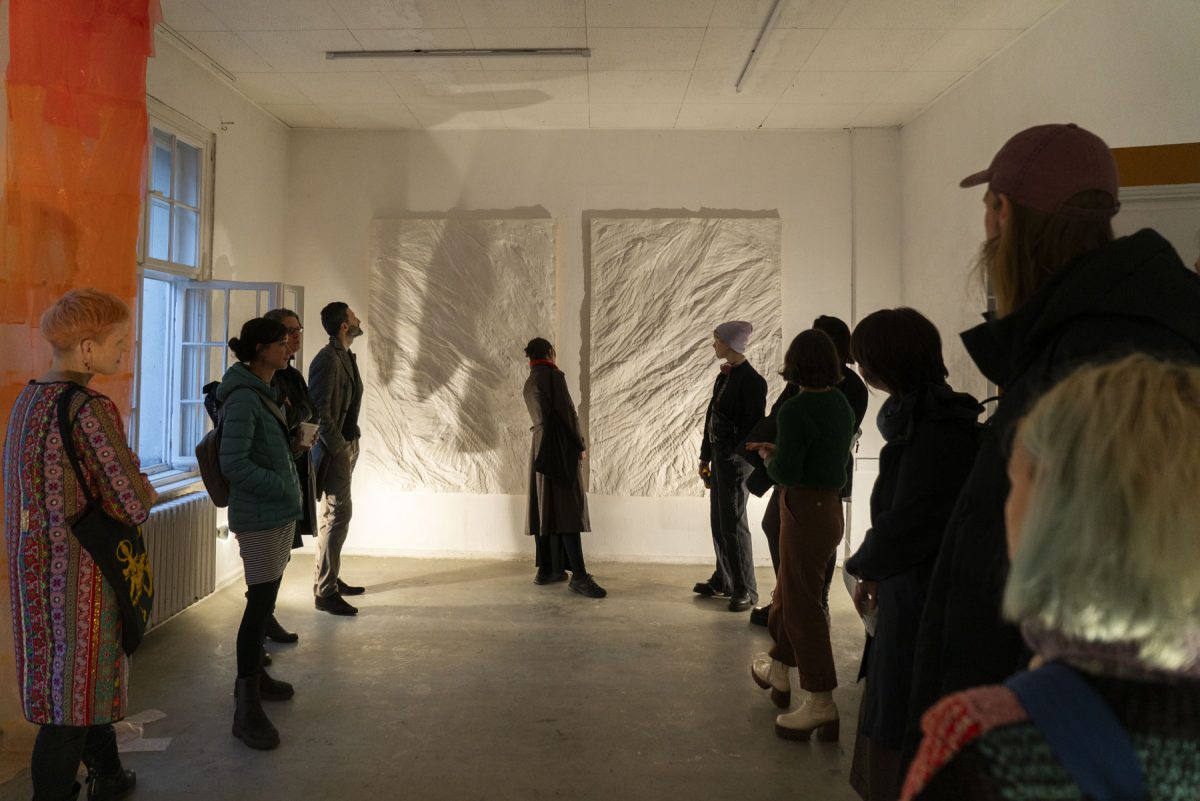
How do you see yourself in the contemporary art world and in the art market? In the present and in the future.
I think my work definitely has a place in the world we’re living in now. I think it’s important for contemporary work to ask more questions than it answers because I feel like we need to question the status quo and frameworks that we’ve been living under for as long as the built environment has existed.
And that goes with politics, especially Roe v. Wade being overturned in America. These kinds of things are setting us back like 50 years are kind of crazy. Art has the ability to say things in a way that people in more activist positions cannot. I can’t not incorporate it in my work. I think art can open people’s eyes to things. At least for me art has the power of changing things, especially the work that I look at. It’s also inspiring to see women tackling the same problems that I’m interested in as well.
Does the city of Berlin and the residency in your artwork have an influence on your production?
I feel like this time has been incredibly productive for me, Berlin is such an energetic and playful place. It’s amazing to live in the same building with 13 other artists. Even coffees in the morning are about catching up on what we’re seeing, doing or what we’re working on. Yeah. It has been very invigorating for me.
Berlin and the residency are about freedom for me because I’m used to working a nine-to-five job and then trying to tackle my art practice on the side, which was really draining. So I’m just trying to make the most of this opportunity.
What are your plans after the residency?
I have to hurry back to L.A. for practical reasons, but who’s to say what the future holds in regards to where I’ll end up practising. Maybe I would want to go abroad again or live abroad if possible.


